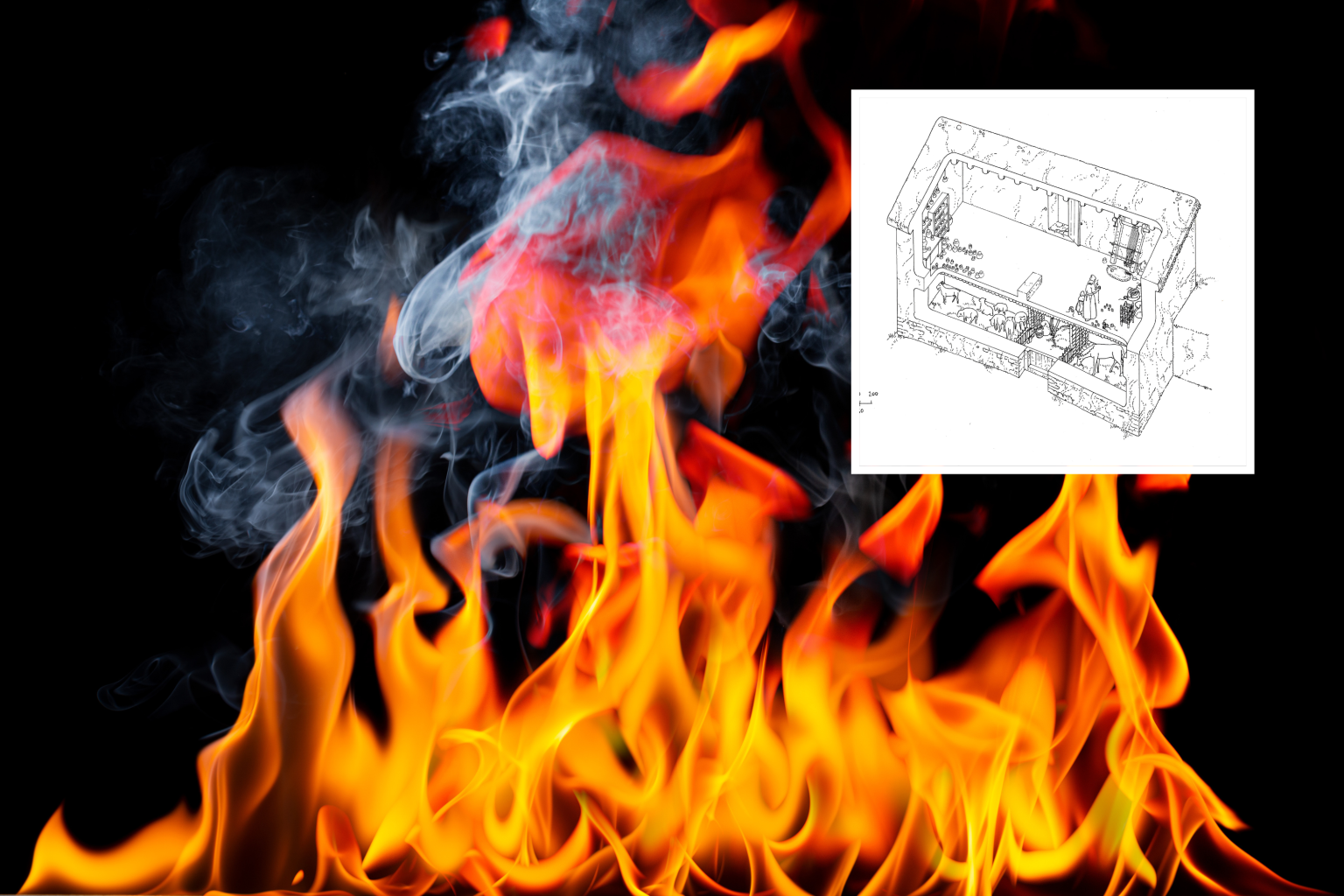Archaeologists have discovered a prehistoric building that was destroyed by a violent fire 2,200 years ago at the Tossal de Baltarga site in Spain. This Iron Age hillfort complex in the Pyrenees mountains was devastated by the blaze, which led to the preservation of a wealth of archaeological remains, including organic materials like seeds, charcoal, and animal remains. Building G, a two-story structure, provides insights into the lives of the hillfort’s inhabitants during the Iron Age, shedding light on their economic activities and daily routines.
Researchers studying Building G found that the upper floor was used for cooking and textile production, while the lower floor contained a stable with remains of sheep, goats, and a horse. Spindle whorls, loom weights, and grains like oats and barley were also discovered, indicating wool production and consumption habits of the residents. Additionally, the presence of a gold earring hidden in a pot may suggest the anticipation of a threat, possibly related to conflict. The animals trapped inside the building at the time of the fire did not survive, indicating a sudden destruction without the opportunity to save them.
The study suggests that the destruction of the site may have been connected to the Second Punic War, a conflict between the Roman Republic and Carthage, led by Hannibal. The violent nature of the destruction of Building G and the surrounding structures points to intentional destruction, possibly as a result of conflict related to the war. The analysis of sheep remains indicated a complex livestock strategy involving arrangements with neighboring communities, highlighting the interconnected nature of Iron Age societies in the region.
The economic activities at the Tossal de Baltarga site suggest that the settlement housed prominent families who controlled important resources like livestock and horses. The evidence indicates a community adapted to their environment and engaged in exchanges with neighboring areas, both in terms of products and cultural backgrounds. The researchers believe that the mountain communities in the region were not isolated but actively connected with other groups, contributing to a complex economy and societal structure at Baltarga.
Through the study of Building G and the archaeological remains at the Tossal de Baltarga site, researchers have gained valuable insights into the lives of Iron Age inhabitants in the Pyrenees mountains. The preserved materials have provided a glimpse into the economic activities, daily routines, and potential threats faced by the community, offering a fascinating window into a specific moment in time thousands of years ago. The findings contribute to a better understanding of ancient societies in the region and their interactions with neighboring communities during the Iron Age period.


